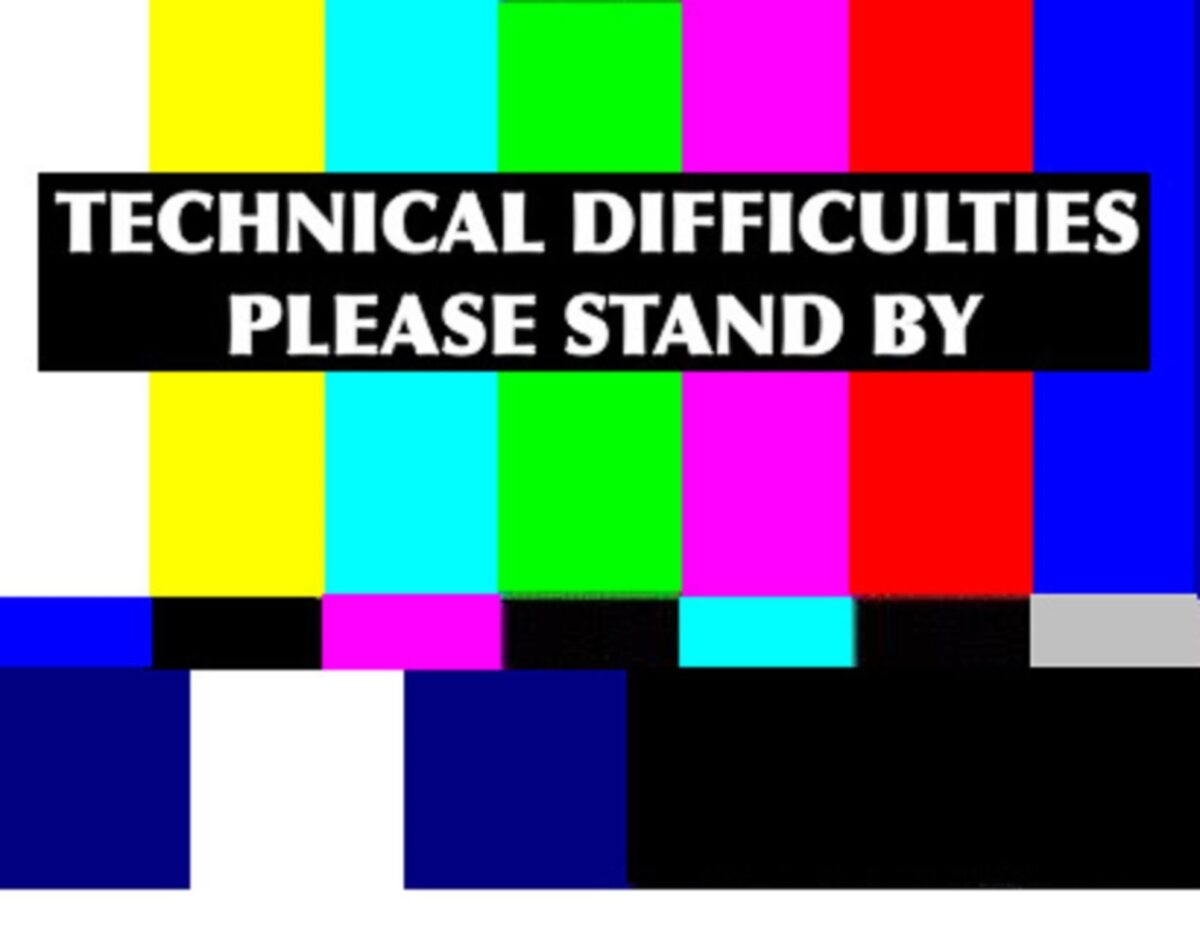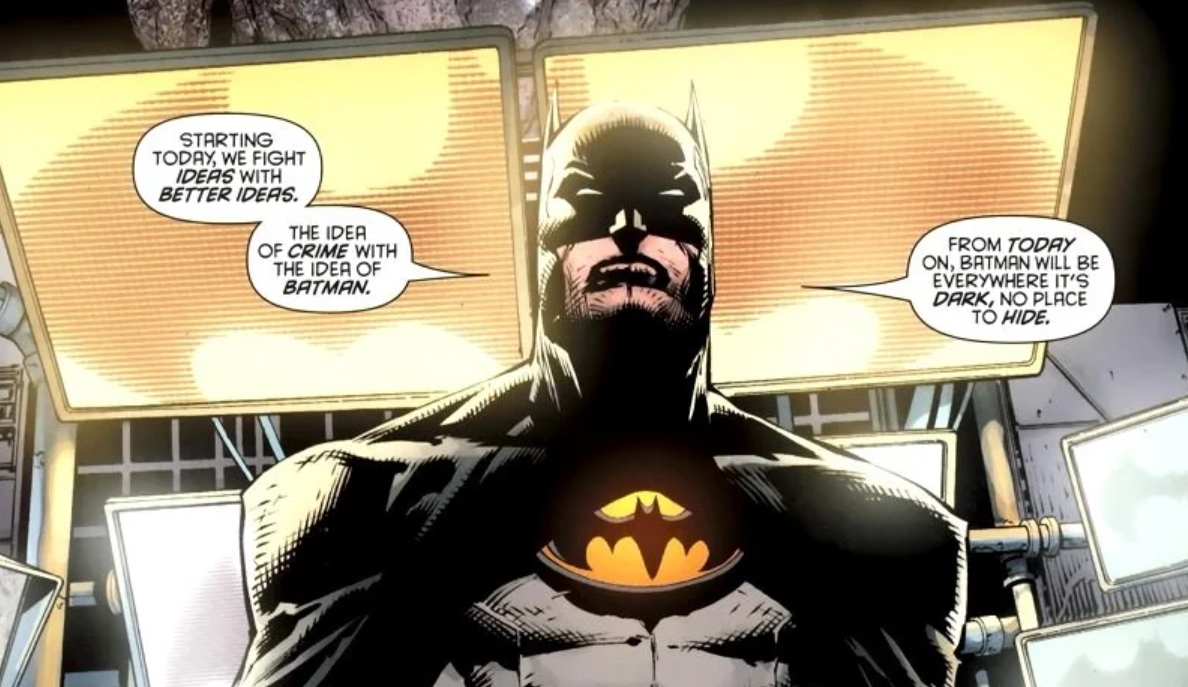I BREATHED A BODY #1
Issue Title: An Unforeseen Innovation
Writer: Zac Thompson
Artist: Andy MacDonald
Color Artist: Triona Farrell
Letterer: Hassan Otsmane-Elhaou
Publisher: Aftershock
Spoiler Level: Red
I originally discovered Zac Thompson by falling down a rabbit hole.
There I was, casually scrolling through my Twitter feed as I am wont to do when what before my wondering eyes should appear but… an advertisement for Black Stars Above #1. The book hadn’t yet come out, but it was closing in on the last day for preorders, and it looked mesmerizing, so I decided to investigate writer Lonnie Nadler’s other work while waiting for release. One step, two, and down I went through the dark spiraling pit into Wonderland, and along the way I discovered that Nadler had a frequent collaborator with whom he routinely joined forces to create some really beautiful, really dark magic.
That collaborator, of course, is Zac Thompson.
Unsurprisingly, Thompson and Nadler are each formidable forces on their own as well. The first of Thompson’s solo works to pass my shiny shiny widescreen was Lonely Receiver, done with co-creator Jen Hickman, which only recently concluded. Now, quick on Lonely Receiver’s heels, comes I Breathed A Body, this time created with Andy MacDonald. Their closely timed releases are beneficial to both because they are in many ways opposite sides to the same box of concepts while being, simultaneously, their own animals. …at least so far, I mean who even knows what will happen in the second issue of this madhouse of a book?
The thing is Thompson is far too creative a mind to just recreate his own previous work. Both books examine and criticize the modern societal overdependence on technology, true. However, Lonely Receiver’s tale of a woman left brokenhearted after a breakup with her phone focused on emotional dependence and technology and love. By its very nature, it was an intimate story and one that nodded primarily at the many personal relationships that bloom and take root entirely in theoretical space of text messages, zoom calls, and dating apps. I Breathed a Body is about a far less personal, but no less intense, relationship: that between influencers and the world that worships them.
Enter the influencer in question, Mylo Caliban. Mylo is the son of YouTube analog MyCee’s CEO and the world’s biggest influencer. One part Jeffree Star and one part Paul brother, Mylo lives controversy to controversy, racking up clicks, views, and subscriptions as he goes. You could say he embodies the modern YouTube, Instagram or TikTok celebrity – famous in a way that skews closer to a cult of personality than traditional fame. And, like such figures, when fame fails to self-perpetuate, provoking outrage and causing damage can be used as a route toward maintaining visibility.
So, with that in mind, we initially “meet” Caliban via video as his editing team tries to make lemonade out of the lemon that is Mylo’s insincerity. It’s the sort of vapid, generic apology video designed to give fans an excuse to let him off the hook and little else – the same “I’m sorry, I love you guys, that doesn’t represent who I am, if you were offended, I’m sorry that you interpreted it that way” nonsense influencers have been making and parodying since Scandal 1. It’s useless, but it’s what his team must work with, so…
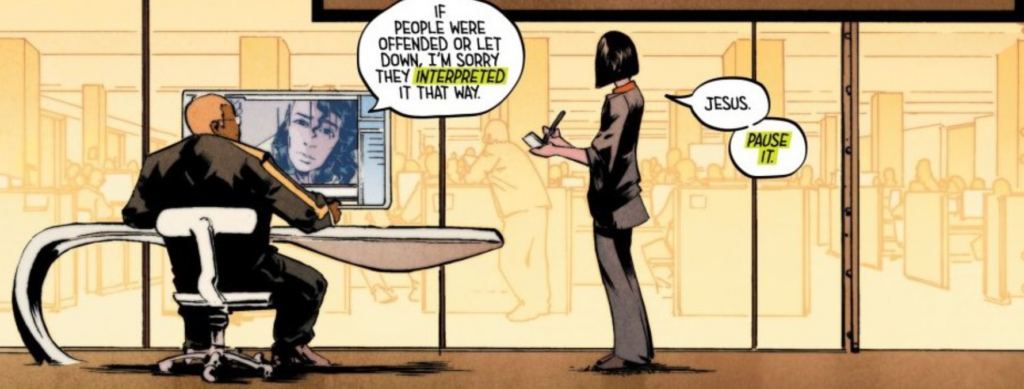
Enter Anne Stewart. Anne is part of Mylo’s editing and public relations team; her job is to help sculpt Mylo’s public image, keep his social media following on the rise and maintain his scandals at the appropriate size.
She is also our protagonist. And now, after years of managing Mylo’s messes, she expects to get equity in return for her hard work, as soon as she deals with his latest situation.
Unfortunately, said situation is pretty bad: Mylo nearly killed someone. Afterwards, despite the seriousness of the situation, he rolled up to his apology filming in a state that fails to approach sobriety. Ultimately Anne’s attempts to craft his lack of remorse is into something like humility fail, so she decides to lean into the awfulness of it. Hey, he cracked a woman’s head open, but it’s not the worst thing Mylo has done. Or will do.
Anne has been manipulating the narrative for so long she can barely see the truth from where she’s standing. She is, in essence, largely responsible for creating Mylo Caliban as the world knows him because, while he is skilled at creating the appearance of connection and intimacy with viewers, Mylo is a sullen, troubled and temperamental young man struggling with personal and familial demons that ultimately spill over into Anne’s meeting with his father. The ripple effects have yet to be fully understood as of the end of issue 1.

Because the thing is, at 400million subscribers strong, Mylo could change the course of the future if he wanted to, that’s how devoted his fans can be. That power, that belief, can change everything – redefine society, rewrite the rules. In a world where the culture is controlled by a handful of megastars who rise to prominence through nothing more than the force of their own personality, imagine what happens when Mylo broadcasts his own grizzly suicide.
But okay, put that on pause for a moment. This may seem like a non-sequitur, but I promise it isn’t.
In an interview, Zac Thompson mentioned that the idea for this story stemmed from his involvement with a filming company that was trying to establish a relationship with Logan Paul at the time of his infamous Aokigahara vlog. For those familiar with that incident, this can’t be surprising. For those fortunate enough to have no idea what I’m talking about, here’s the condensed version:
Logan Paul, one of the most successful vlogging stars on YouTube at the time (and to this day) decided to bring his show to Japan where he proceeded to run around acting like the worst stereotypes of Americans abroad. This would have been a little embarrassing but ultimately harmless, were it not for his decision to film a walk through the Japanese “suicide forest,” Aokigahara. After treating the rather solemn place like a bit of a sideshow, Paul then went right ahead and filmed, edited, and uploaded footage featuring the dead body of a man who had committed suicide there.
The internet exploded with outrage. Logan Paul apologized (badly) and made some suicide prevention videos. Since then, he seems to have cleaned up his act but what’s being touched on here is the fact that he did it to begin with… and the fact that both at the time and to this day there are people so devoted to him that they will defend that choice.
And frankly, Paul is hardly the only one. Other influencers have been accused of (or even filmed in the process of doing) blackface, spouting slurs at random, abusing, or assaulting fans (or each other), grooming minors and holding so many super spreader party events a pandemic that one content house had its power shut off by California officials. Recently, a YouTube influencer even garnered the attention of the Smith family after footage of him pretending to masturbate to a poster of the then 11-year-old Willow Smith surfaced.
All of that is a wreck to be sure, but in the context of I Breathed a Body, what’s important is what these things, and the fact that people continue to support and defend the social media celebrities involved, tell us about our culture and this moment in it.
For example, look at Mylo Caliban. On one level he is a person, of course, but he’s also a product, complete with his own “company story” – the equivalent of “Uncle Otis started Green Pecan farms with nothing more than six seeds and a dream!” For Mylo, it’s “My mother died in childbirth, and I don’t have a belly button because…” Interesting trivia, a little tug on the heart strings, but it isn’t true. We know this because this issue opens with his mother walking in on MySee CEO (and Mylo’s father) Bramwell performing a ritual over Mylo’s infant body, backed up by a nightmare inducing fungus monster and a weird guy in a cloak.
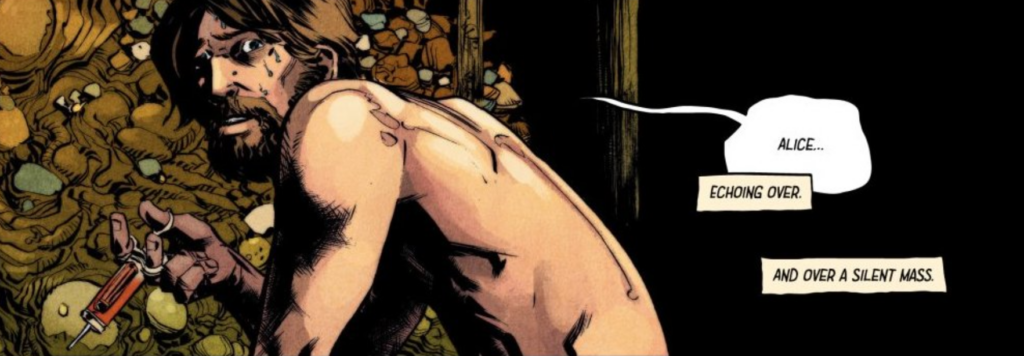
Or did I not mention that?
Not the point (yet).
Mylo is the lie of influencers as “normal.” He’s not a relatable everyday young man, he’s the son of the CEO of MySee. He isn’t a college kid using his free time editing videos, he has a team behind him deciding what to post and what not to post and how much of each to do to shape the image he projects. Deciding on a day-to-day basis which parts of Mylo suit his brand and which should be left off-scene.
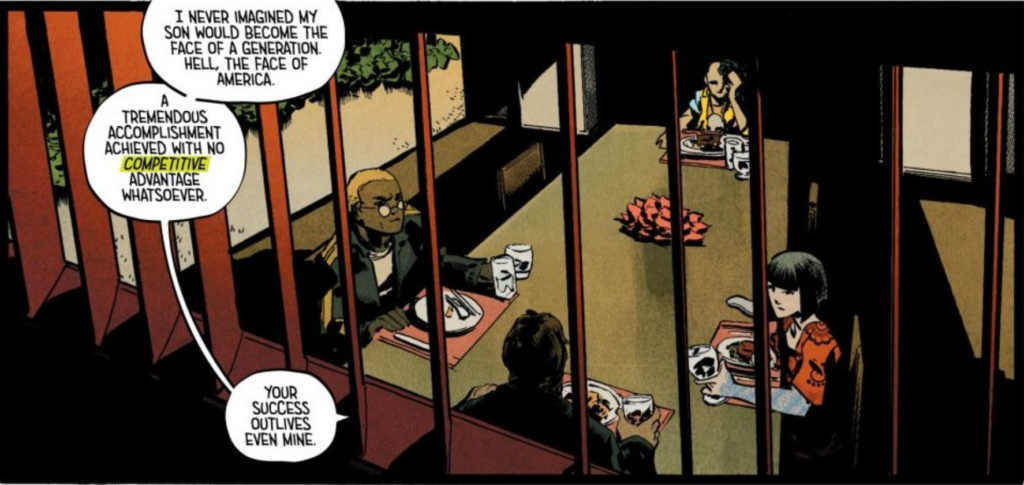
And in the center of that is a troubled young man who is acts out and feels alienated and angry just like any troubled young man might, but who has more power than he knows what to do with. The power to use that anger to cut a metaphorical gash in the world that runs deep enough to leave scar tissue.
So… really, what is Mylo?
As he falls to his… death?… he says, “I am a God,” but it’s unclear how metaphorical or literal that is – and in a title like this, those lines can be blurred in ways difficult to imagine. He’s the king of a borderless country that defines law and morality around their ability to absolve him of his sins. A population greater than that of the United States watches everything he does and believes everything he says. If gods are born from belief then, mortal or otherwise, maybe “a god” that is the best description for him.
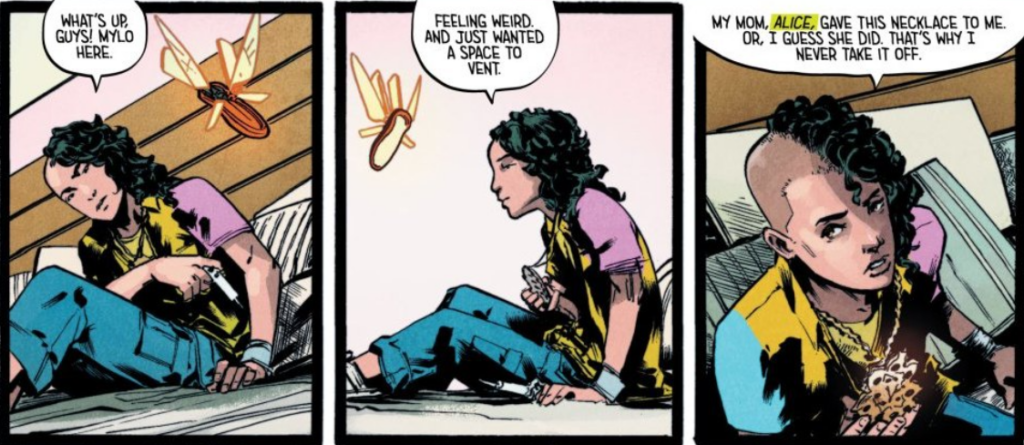
I haven’t seen the second issue. I don’t know whether he’s actually, permanently, dead. He certainly doesn’t look healthy, but Zac Thompson makes magic out of technology, technology out of biology and biology out of metaphor, so who really knows. But as it stands, he doesn’t need to be alive for his presence to be felt, and in that sense maybe he’s “alive,” even if he’s dead.
And maybe he is, indeed, a “god.”
I Breathed a Body #1 is currently available from Aftershock Comics, with issue 2 due to arrive on February 24th. I intend to look at the entire series, issue by issue (hopefully not in as much length as I’ve done here!), and then reread it from the top and revisit it as a whole work.
All that said, next issue I’ll be starting a long-term project to read and examine the entire DC Universe according to Scott Snyder, starting with the beginning and running all the way through the end of Death Metal and Infinite Frontier You know what that means, right?
Next time on The Longbox View… Black Mirror.
Until then, stay safe and keep reading,
ARIEL BEE IS… An Old Person. A Comics reading veteran. Mostly involved with DC and indies but happy to go on the occasional Marvelous Mission into the unknown. An analytical overthinker. Also found as a reviewer on Comics-Watch and Twitter @thearielbee.


